
This story and interview originally appeared in HuffPost’s Books newsletter. Sign up here for weekly book news, author interviews and more.
If I try to work backwards to the source of where my love for reading and horror began, it may be best found in the mid-’90s among the pages of a “Goosebumps” chapter book. Whether it was a ventriloquist dummy that came to life to wreak havoc on a suburban family or an evil Halloween mask that became one with anyone who wore it, I found it nearly impossible to tear myself away from the twisty and macabre worlds that author R.L. Stine would create.
Just a couple of weeks prior to the prolific author’s 80th birthday, I fulfilled a childhood dream of sorts by getting to speak with Stine himself about his fright-inducing literary career and the ways he successfully established a corner of the horror universe just for children. Since the first “Goosebumps” book (“Welcome to Dead House”) published in 1992, the franchise has expanded its reign of terror to blockbuster-like proportions. The “Goosebumps” name, which Stine revealed to me was inspired by an advertisement listed in TV Guide, has remained synonymous with fright even among younger generations.
Stine, who told me that his personal relationship with spine-tingling tales began at a Columbus, Ohio, movie theater which featured Saturday showings of iconic ’50s classics like “Creature From the Black Lagoon” and “It Walks Among Us,” said that it was merely by accident when he discovered that everyone, including kids, enjoy being scared from time to time.
This interview has been edited for clarity and length.
Prior to “Goosebumps,” I can’t think of any other horror-related content that was intended just for children. What was the reason you landed on this kind of reading material for kids?
I loved horror my whole life, but I never planned on writing it. I was funny. I did a humor magazine for 10 years called “Bananas” and wrote hundreds of joke books, so horror didn’t occur to me until I was having lunch with an editorial director for Scholastic. She had just gotten into a fight with a guy who wrote teen horror novels. She said, “I’m never working with him again. You could write a good teen horror novel. Go home and write a book called ’Blind Date.’” And what did I find when I ended up writing the book? It was a No. 1 bestseller. I thought, “What’s going on here? I didn’t know kids like being scared.” So forget the funny stuff, I’ve been scary ever since.
I can remember getting pretty terrified as a kid reading your books, so I have to wonder where you draw inspiration from?
When I was a kid there were comics, “Tales from the Crypt” and “The Vault of Horror,″ and I just loved those when I was a kid because the art was so great, the stories were gruesome and they all had funny twist endings. So you can see how they were very influential on me. Then there were people like Rod Sterling, who is a real hero of mine. I never missed a “Twilight Zone” episode whenever it was on. And then when I was a kid, Ray Bradbury turned me into a reader, really. His stories were so well written, so imaginative and all had twist endings, which I got a lot of ideas from.
Do you think that those kinds of twists and turns are some of the necessary elements that make a story scary?
Surprise, I think. That’s what kids like in “Goosebumps.” Most children’s stories are very linear, but in “Goosebumps” there’s always twists, turns and shocks, and halfway through the book, I always try to have some big surprise.
Can you tell us a little bit more about the most recent books that you’re working on, “The House of Shivers” series?
The first book just came out this week, it’s called “Scariest. Book. Ever.” and I wanted to do something really creepy for the first installment in the new series. It’s about these two kids who have the scariest book ever written, but then it gets stolen and they have to find it before somebody evil finds it first. In order to do that, they have to go into this really creepy, wayward forest which is filled with tree bears and man bats and all kinds of bizarre creatures.
What do you think the horror genre adds to the literary world, and what, specifically, makes “Goosebumps” a distinctive contribution?
What horror has done is gotten millions of kids to read, which is, of course, what “Goosebumps” is all about. I tried to show kids that you can turn to books just for entertainment. There was always a rule in children’s publishing for years and years that the characters in a children’s book had to learn and grow while adults are allowed to read books with the characters that don’t learn at all, so why can’t kids have the same rights? Every “Goosebumps” book features very normal, average kids that are stuck in some horrible dilemma and their parents don’t believe them — The parents in “Goosebumps” are useless. The kids are on their own and they have to use their own wits to solve the problem.
This wouldn’t be a true literary celebration of all things horror if we didn’t raid Stine’s personal bookshelf which is packed with novels that are as classic as “Goosebumps” itself. See his favorite tales from the horror, thriller and mystery genres up ahead.
HuffPost and its publishing partners may receive a commission from some purchases made via links on this page. Every item is independently curated by the HuffPost Shopping team. Prices and availability are subject to change.
“Rosemary’s Baby” by Ira Levin
Ira Levin’s classic, “Rosemary’s Baby,” ushered in a new era of modern horror, one that removed mythical boogeymen from far off English moors and vampiric castles and placed them right into the New York City dwellings of the modern age. This occult-laced thriller, which became one of the bestselling books of all time, tells of Rosemary Woodhouse and her actor husband, Guy. When the beautiful couple move into the Bramford, a highly sought-after, if not notorious, Manhattan apartment, they quickly become acquainted with their somewhat overbearing neighbors, the Castevets. Curious events and inexplicable tensions develop between Rosemary and Guy as they continue to reside at the Bramford. And when Rosemary becomes pregnant and Guy finally lands a major acting role under mysterious circumstances, the Castevets become even more involved in the Woodhouses’ lives and in Rosemary’s well-being in particular. After being tipped off to their possibly satanic intentions, Rosemary becomes increasingly suspicious of the no-longer-innocuous older couple, launching her into a psychological mind-trap of good versus evil.
“Something Wicked This Way Comes” by Ira Levin
In this dark fantasy novel by the legendary dystopian writer Ray Bradbury, two teen best friends, Jim Nightshade and William Halloway, share a nightmarish experience with the Cooger & Dark’s Pandemonium Shadow Show, a traveling carnival that comes to their Midwestern town in Illinois. The boys learn how to fight their fears while all manners of creepy carnival figures greet them, including the carnival’s leader — the mysterious Mr. Dark, who seems capable of granting secret desires at a sinister cost.
“Pet Sematary” by Stephen King
Stephen King’s New York Times bestseller is an exceptionally disturbing classic about childhood pets, the undead and the real life terror that is grief. Dr. Louis Creed and his family are recent transplants to the tranquil town of Ludlow, Maine, a town that, like many in King’s literary universe, is hiding a dark secret. The road just outside the Creeds’ home is grounds for a growing cemetery where many families prior to the Creeds have buried their pets. And just past the graveyard for Ludlow’s beloved cats and dogs is another burial site, one that has a peculiar pull for the members of the Creed family. Dr. Louis will soon discover that in this idyllic town, there are some things worse than death.
“Rebecca” by Daphne du Maurier
Daphne du Maurier’s gothic romance is as deliciously brilliant today as it was when it was first published in 1938. It tells the story of a nameless young woman who is whisked away into a romantic affair with the dashing Maxim de Winter, a wealthy heir to a grand estate in Cornwall. She becomes known only as the second Mrs. de Winter and is forever in the shadow of Maxim’s late first wife, the once-dazzling Rebecca. The first wife haunts the memories of all who knew her and even those who didn’t as she’s perpetually brought back to life in the form of lingering scents, discarded letters and even by the diabolically manipulative housekeeper Ms. Danvers. The new Mrs. de Winter finds herself constantly undermined and inadequate when compared to Rebecca and her once-posh life, and she worries her husband will never be satisfied with her. Iit isn’t until an evening when the truth of Maxim and Rebecca’s relationship is revealed that the ghost’s overbearing presence will finally seem to fade.
“The Island of Dr. Moreau” by H.G. Wells
Authored by the father of science fiction, H.G. Wells, “The Island of Doctor Moreau” is the 1896 classic that tells the tale of Edward Prendick, a shipwrecked man who finds himself on the island of the mad scientist Dr. Moreau. The island is filled with hybrid creatures, cruelly configured combinations of human and animal. But when Dr. Moreau’s severe order begins to crumble on the island, his experiments take on more beast than human instincts. Wells wrote the novel in the shadow of Darwinism blooming in the late nineteenth century, and the novel has themes that deftly deal with moral responsibility, cruelty to animals and the impacts of humans on nature.
“Master of the Moor” by Ruth Rendell
From Edgar Award-winning author Ruth Rendell comes this quiet thriller about the unraveling of one man’s sacred space and the frightening string of murders that follow closely at his heels. Dealing with a failing marriage and his father’s ongoing descent into madness, Stephen Whalby takes solace in walking the moor near his flat. He even fancies himself as the keeper of the area, despite he and his wife simply being tenants in a flat nearby the rocky terrain. But when Steven finds the bodies of two young women in the very place he finds peace, a new feeling of terror takes hold. The fear spreads not to only Steven and his wife, but throughout the village they live in. These murders perpetually invade his thoughts, and transform the moor he once loved so much into a haunted place.
“Relic” by Douglas Preston and Lincoln Child
The first installment in the Special Agent Pendergast series, “Relic” is a New York Times bestseller that has been dubbed a horror techno-thriller novel that dives into all the nightmarish possibilities of genetic manipulation. Days before an exciting exhibit is unveiled at the New York Museum of Natural History, visitors are being viciously murdered in secret rooms and dark hallways within the prestigious building. And even more chilling than the freshly slain corpses is the way they’ve been killed — by something other than a human. Despite the gory threat, the museum’s directors refuse to stop the exhibit from opening, and while everyone seems content to pretend a murderer isn’t lurking among them, museum researcher Margo Green is determined to find the killer.
“Time and Again” by Jack Finney
Referred to by none other than Stephen King as “one of the greatest time travel stories of all time,” “Time and Again” by Jack Finney is the 1970 illustrated novel that tells of a young advertising sketch artist named Simon Morley. Initially set in 1970, the story starts when Simon is approached by a U.S. Army Major named Ruben Prien to participate in a top secret government project whose mission is to explore whether or not time travel is possible. Simon agrees, but his motives for joining the operation aren’t solely rooted in escaping the tedium of his present life. Simon has a half-burned letter that tells of a mysterious, tragic death and ominously alludes to a “fire which will destroy the whole world.” He hopes to find the meaning behind the letter and possibly stop the fire from occurring.


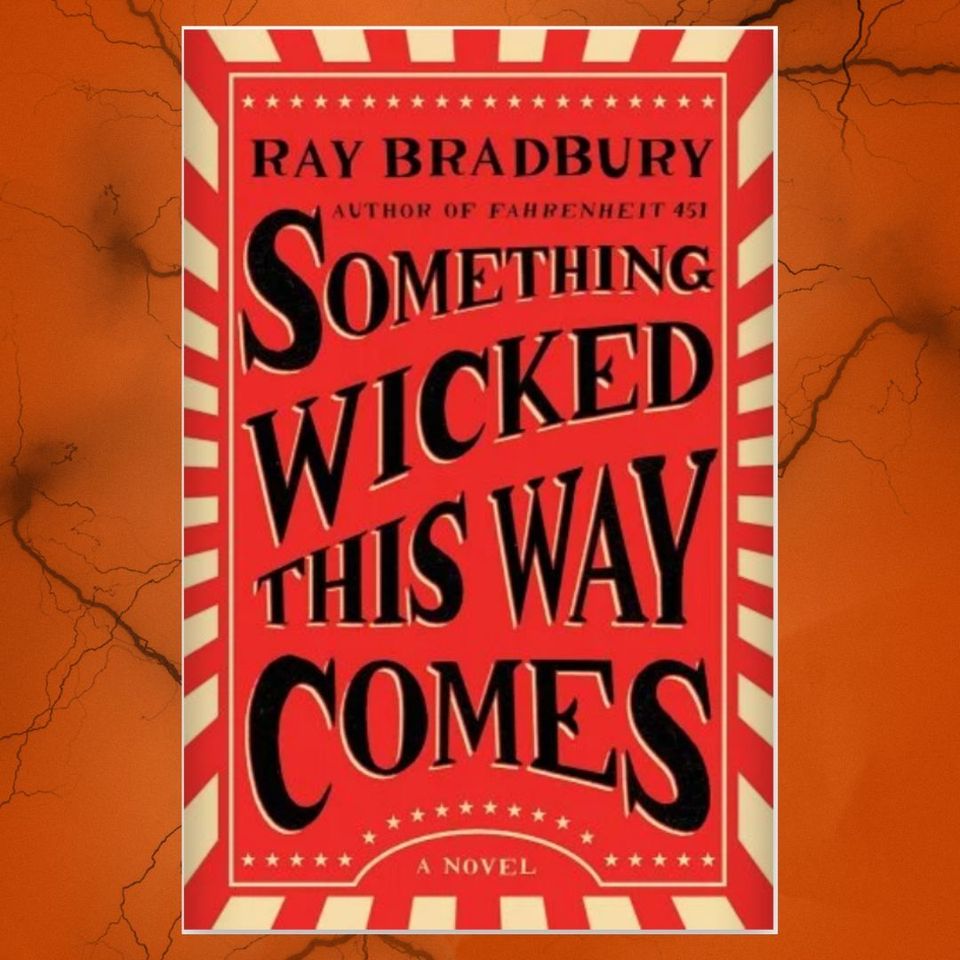
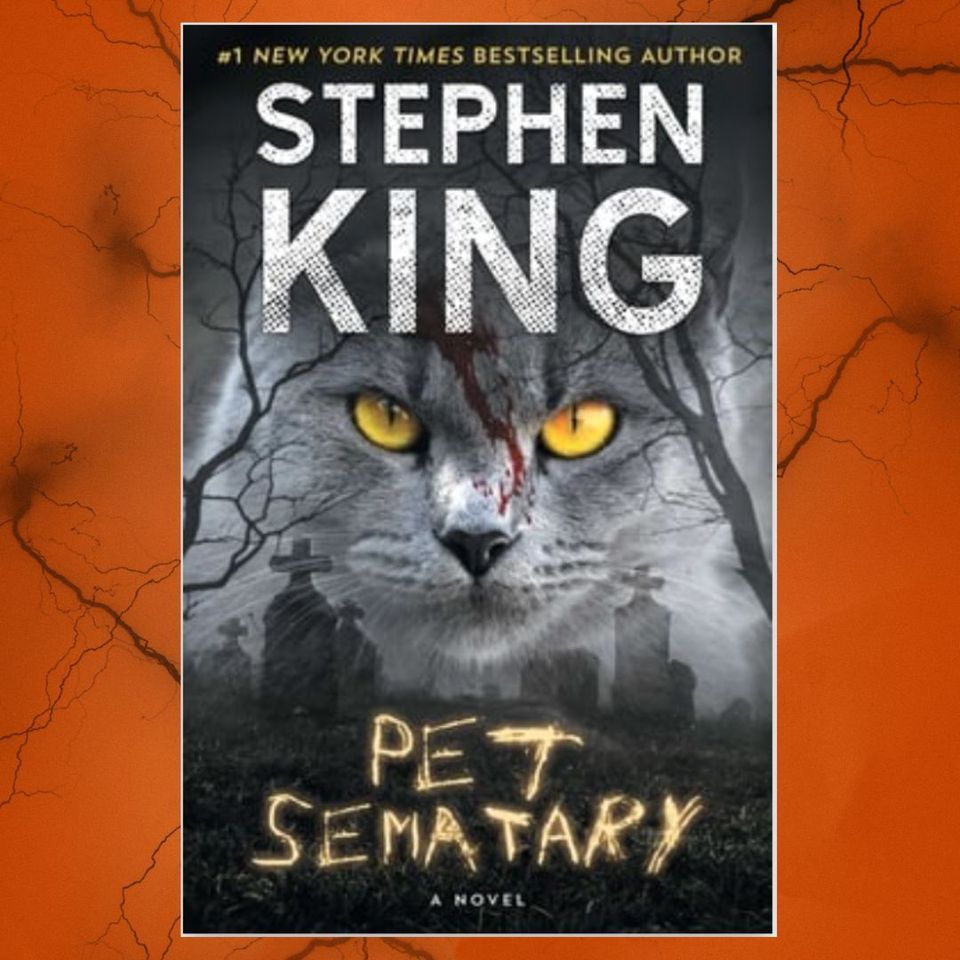


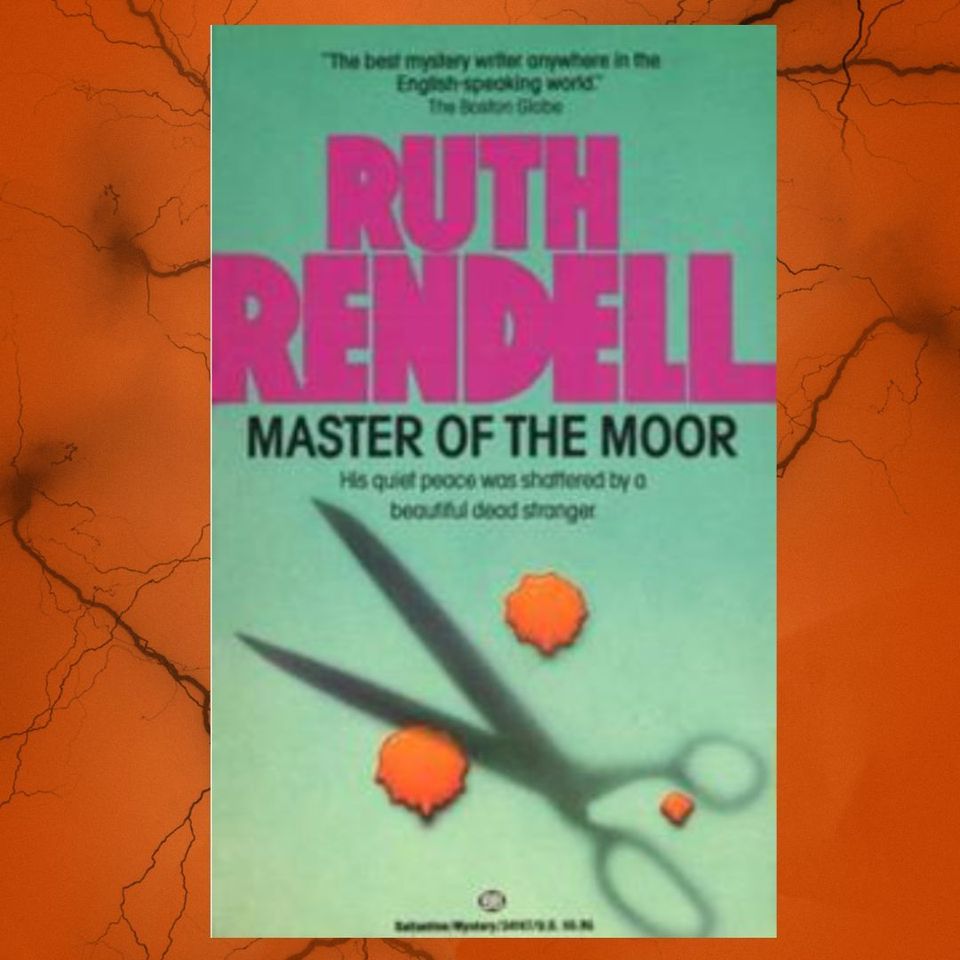
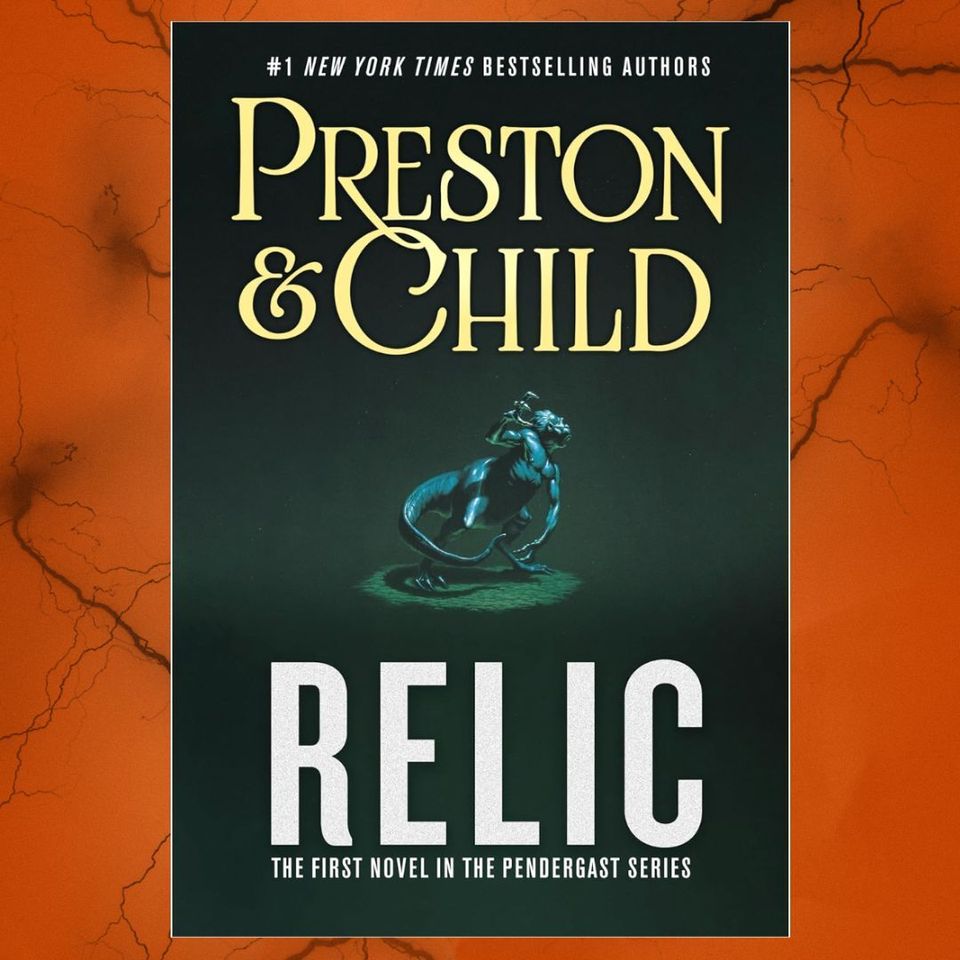
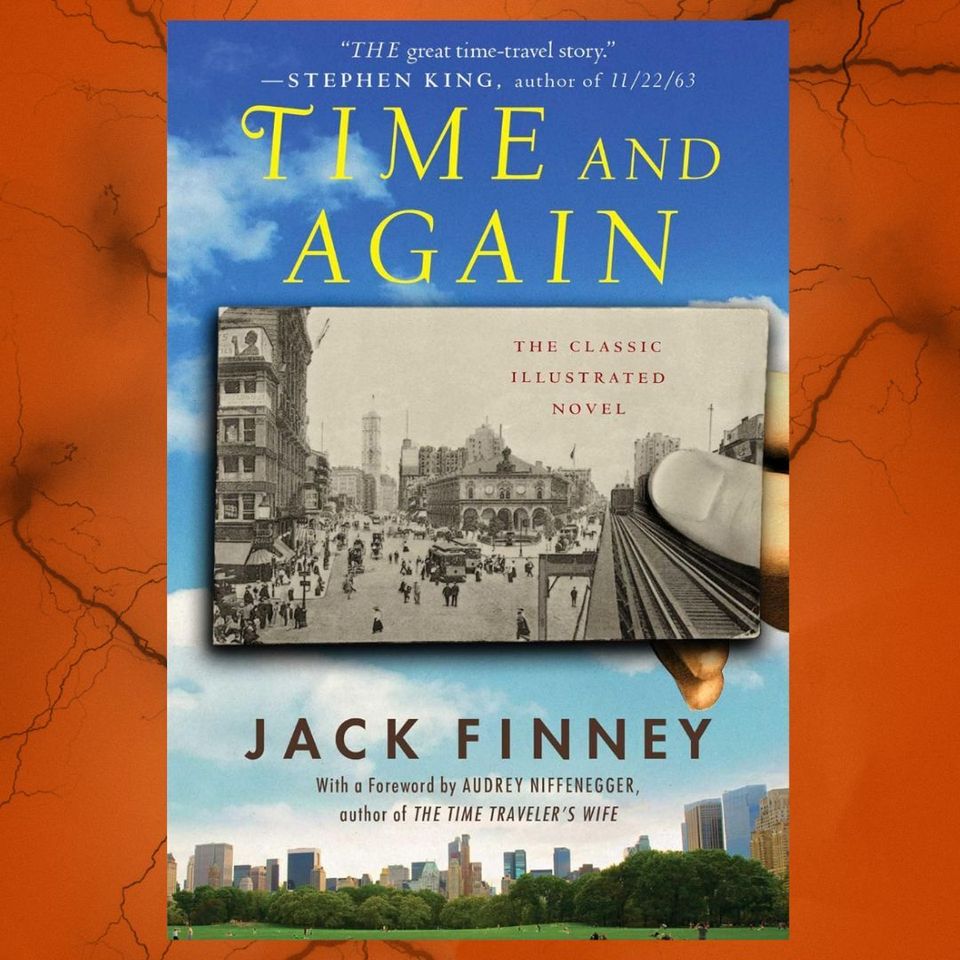
Be the first to comment